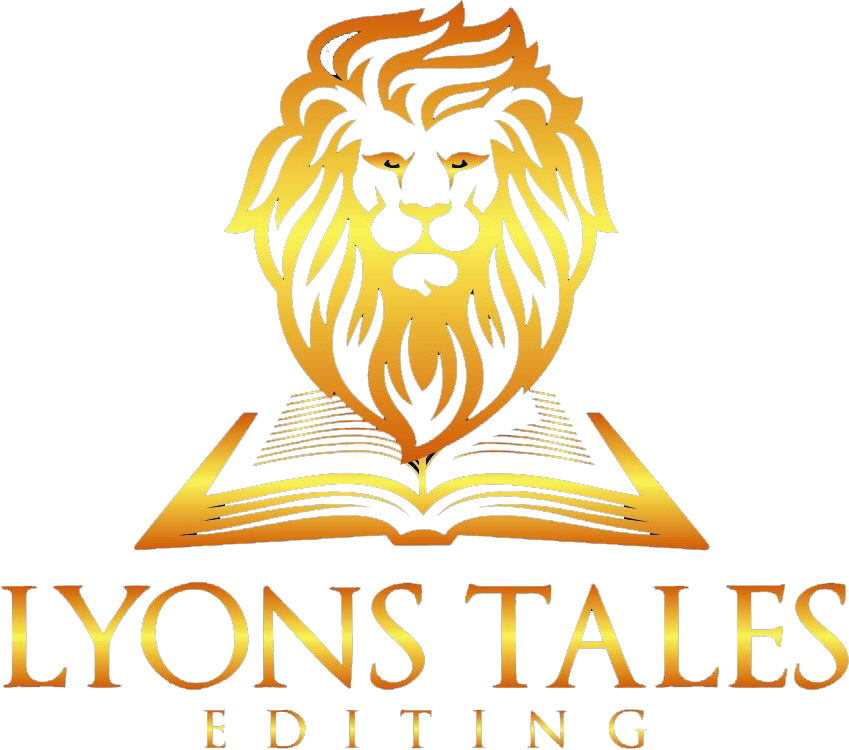How Do You Craft Compelling Copy that Captivates Audiences?
Ask yourself this question: when was the last time a piece of writing really grabbed your attention? You know, that article, blog post, or maybe a quirky social media update that felt like it was chatting with you over coffee. Great copy has a way of heading straight for its audience's heart.
So, what was the secret ingredient that hooked you? And for all the aspiring wordsmiths out there, how can you whip up your own batch of this wordy magic? Compelling copy that captivates is a delightful blend of art and science, a sprinkle of humour and a generous dollop of storytelling.
Read on for our guide on how to keep your readers hooked, chuckling and most importantly, engaged.
1. The Audience
Before you start tapping away at your keyboard, it's essential to figure out who you're writing for. Could it be the busy professionals who have no patience for fluff and prefer concise, clear-cut content? Maybe it's the millennials, always on the lookout for fast, clever and punchy pieces peppered with memes? Or perhaps your audience consists of retirees, eager for in-depth, thoughtfully crafted articles?
If you make sure that you understand your readers' unique preferences and lifestyles, you won’t go far wrong.
Example: If you're writing for young parents, a headline like "10 Baby Hacks That Let You Snooze a Little Longer" will grab their attention.
2. The Headline
Think of your headline as the glitzy, eye-catching billboard that’s so compelling that passersby can't resist stopping. Choose words that are bold and full of life, ready to jump into action. Stir up a feeling of "I need to know this now" or spark a curiosity that's as intriguing as a cliffhanger in your favourite programme. It's like that friendly, mischievous smile that says, "Come on in, you're in for a treat!"
Example: Instead of "Ways to Save Money", try "5 Genius Tricks to Slash Your Bills in Half!"
3. The Art of Storytelling
Storytelling in copywriting is the secret ingredient. It transforms ordinary text into an enthralling journey, engaging readers with relatable narratives and vivid imagery. Each story is a bridge connecting the writer to the reader's heart, turning every sentence into an adventure. It's not just writing – it's creating a world that readers want to step into.
Example: Start with a short anecdote. "When Sarah tried our product, she expected results but wasn't prepared for the transformation that followed..."
4. The Short Sentence
Keeping your writing simple and concise is like being the friend who gets straight to the point at a coffee catch-up. Skip the fancy jargon and lengthy sentences. Short, snappy words are your best pals here. Think of it as chatting with your reader in a language they use daily - clear, fun and easy to digest, just like a quick text message. It's about making your reader nod and smile, not scratch their head in confusion. Keep it light, keep it breezy and watch your words dance off the page!
Example: Instead of "Our beverage contains antioxidants that mitigate oxidative stress," say "Our drink is packed with good stuff that fights off body rust."
5. The Power of Emotion
Think of writing copy as being a friendly ringmaster at the circus of emotions. You're there to juggle joy, surprise or a little thrill, making your audience's feelings do somersaults. It's about playfully poking at their emotions, so that each word speaks directly to their heart. (Or their funny bone!)
Example: "You're not just buying a mattress; you're investing in back-pain-free mornings and energetic days."
6. The Call to Action
Your call to action should be the road sign to the next destination. When writing a call to action, think of it as directing your readers where to go next, sort of like a friendly tour guide - without the microphone and clipboard.
Be clear and persuasive, like saying, "This way to what you’re looking for!" It’s about giving them a nudge with a smile, encouraging them to take the next step with confidence and a bit of excitement.
Example: "Don't wait for change. Grab it! Click here to start your journey towards a healthier you."
7. The Power of Humour
Sprinkling a little humour into your copy is like adding sparkle to a conversation – it makes everything more memorable and enjoyable. Remember, knowing your audience and the context is key. A clever joke or a witty remark can transform your writing from ordinary to extraordinary, leaving your readers with a lingering grin and a positive impression.
Example: "Our app doesn't just organise your life; it makes your phone smarter than a fox at a MENSA meeting."
8. The Rewrite
If you're writing great copy, most of your first draft won’t survive. This is because a huge part of the process is rewriting. Get into a regular habit of taking a good look at what you've written and check if it's clear, sounds right and gets to the point. Don't be afraid to change or cut things out. Think of it as cleaning up your work so that every word really counts and makes your message shine. This careful editing makes your writing better and more impactful.
Example: After writing your first draft, cut the fluff. If a sentence doesn't add value, it's taking up space.
Learn engaging copy from the experts!
If you’re ready to get crafting compelling copy, why not consider a course with the Comprehensive Copywriting Academy? Learn how to write engaging copy, how to find work and build a portfolio – all with the ongoing support of professional, expert tutors and a community of copywriters.
Remember, compelling copy doesn't follow a strict formula, but the blend of certain ingredients can create magic. Know your audience, tell a story, keep it simple and don't forget to add a dash of humour. Happy writing!




